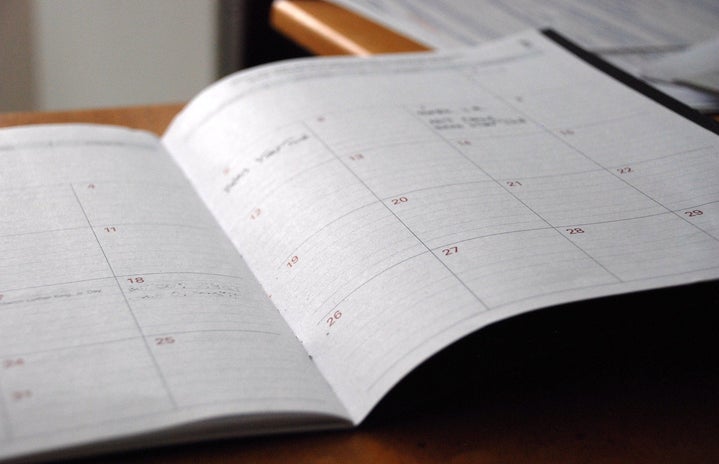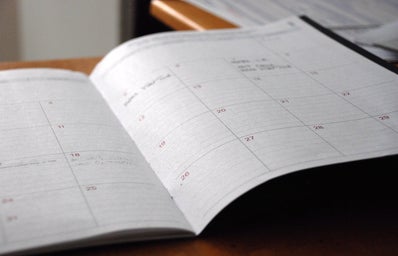When I was little, all I wanted to do was go into my older sister’s room, but because of our five-year age gap, she did not return the enthusiasm. She told me I could go into her room on February 29th. I believe I was five at the time, so I did not understand that that wasn’t a real date, unless, of course, it was a leap year. The concept of a leap year was well beyond my five-year-old brain at that point. But even now as a soon-to-be 21-year-old, leap years confuse me a bit.
I’m here to dive into my questions about leap years, so let’s jump in!
- 365 days in a year… sort of
The familiar 365 actually is a rounded number. More accurately, it takes the Earth 365.242190 days to orbit the Sun according to the National Air and Space Museum (NASM). Because of the rounding, every four years we have to add an extra day to the calendar and February is the lucky candidate. You might be thinking, “why does it matter if we are rounding down slightly?”. If we didn’t account for the extra 0.24 of a day, our seasons would drift over time, which would be quite annoying if you think about it (NASM).
- Leap Years are every four years, right?
Wrong! Adding an extra day every four years runs into another rounding problem. If we did this consistently, we would be adding too much time back to the calendar, by 44 minutes (NASM). While this seems minimal, the seasons would drift over time if we had leap years every four years. So, if a year is divisible by 100 but not by 400, the leap year is skipped (NASM). The next leap year to be skipped will be 2100, so we won’t be experiencing that in our lifetime but it’s a fun fact to know.
- Why February?
According to the Economic Times, adding the extra day to February can be traced back all the way to Julius Caesar. He based his calendar on the Egyptian solar calendar that added an extra day to account for the Earth’s orbit around the sun not being completed perfectly in 365 days. Even after the transition to the current Gregorian calendar, the tradition of adding an extra day in February continued.
- Lore and Leap Day Traditions
In Ireland, Bachelor’s Day was a day women were allowed to propose to men and it fell on Leap Day. This tradition was based on the legend of Saint Briget and Saint Patrick. In the legend, Saint Briget approaches Saint Patrick complaining that women have to wait too long to get married because men take too long to propose. Saint Patrick then granted women the right to propose marriage one day every four years.
This legend is reminiscent of the American tradition of Sadie Hawkins Day which can sometimes be celebrated on February 29th. Sadie Hawkins Day was first mentioned in a comic strip in the 1930s. It grew into a tradition where girls asked boys to a dance or date instead of the other way around.
In case you haven’t noticed, 2024 is a leap year. I for one am excited to see my snap memories from four years ago. I hope everyone has a wonderful leap day and enjoys the ‘extra time’ we get this year.


